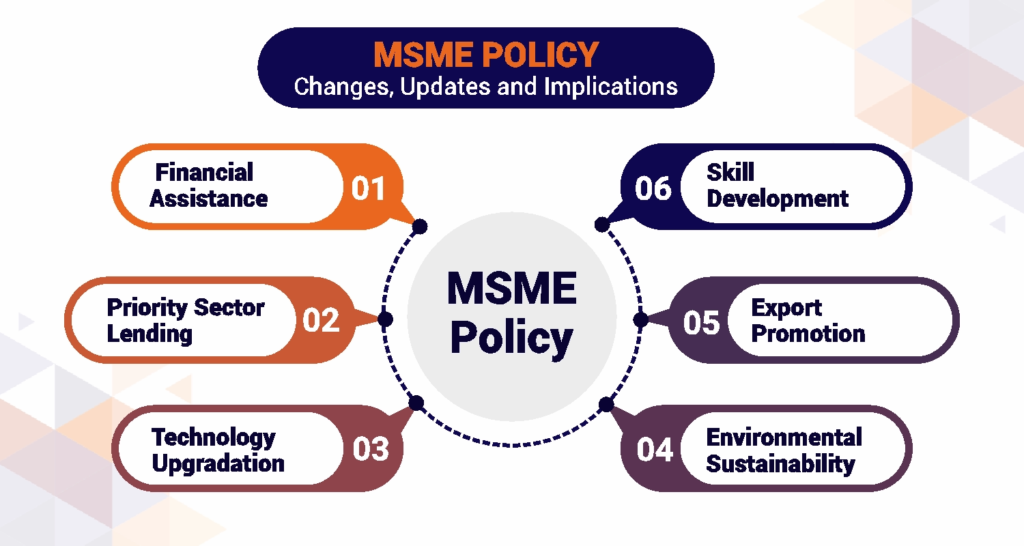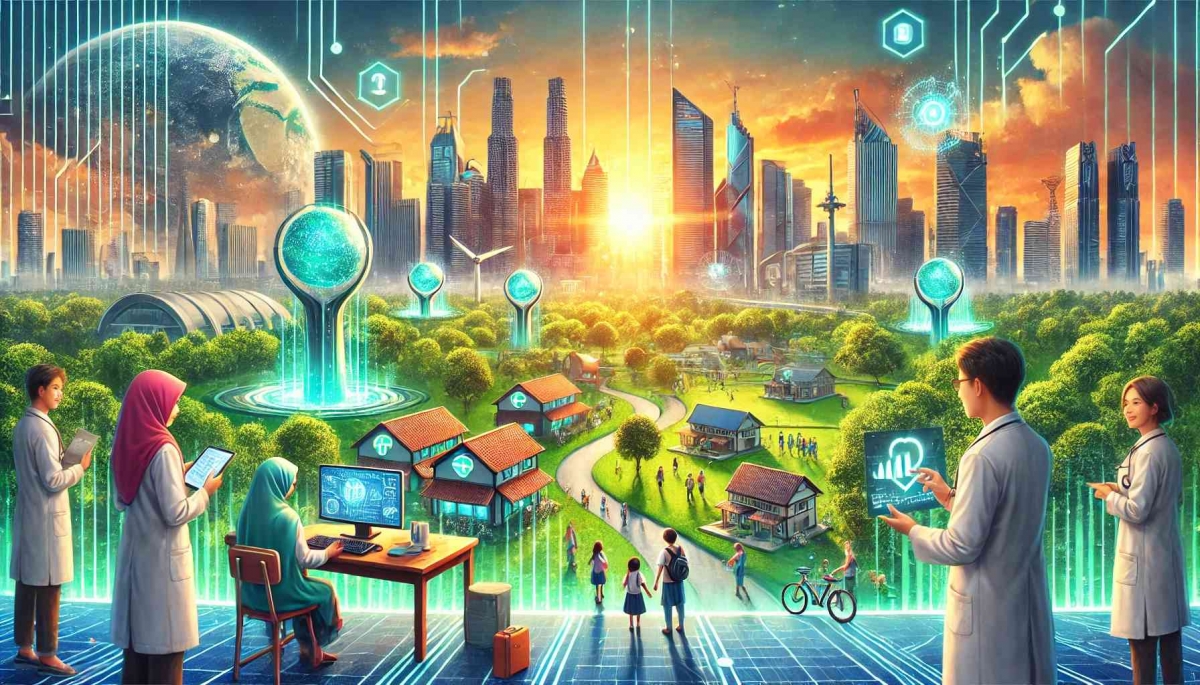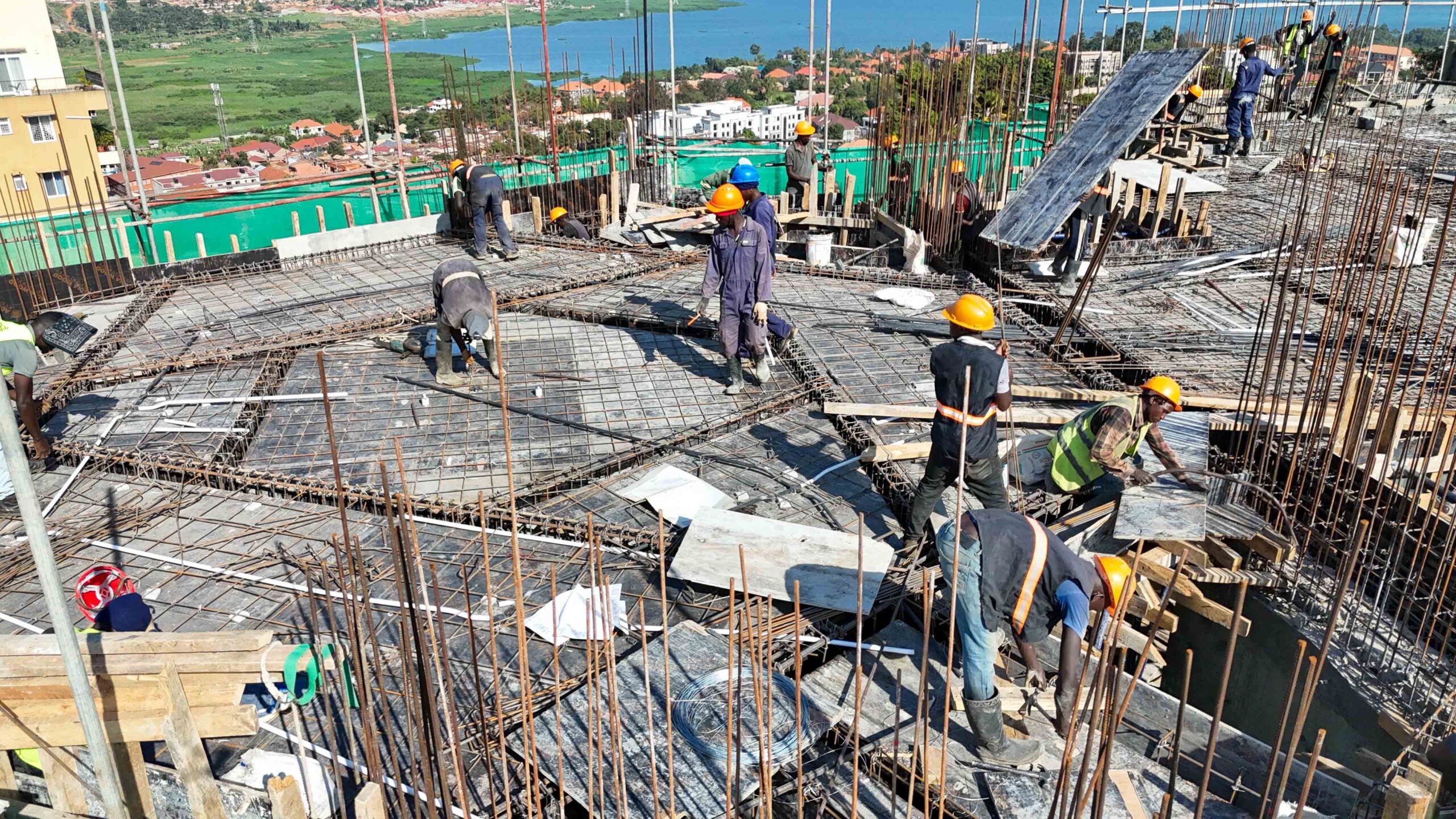The construction industry stands at a pivotal juncture, facing the imperative to transition towards sustainable practices. This shift is not merely about adopting new technologies but fundamentally transforming mindsets and approaches. Central to this transformation is the education of professionals and students, equipping them with the knowledge and skills to navigate and lead in a sustainable construction landscape.
Transforming Traditional Mindsets

One of the primary challenges in advancing sustainable construction, particularly in regions like Asia, is the persistence of traditional design and construction paradigms. Many professionals and developers remain anchored to conventional methods, which can hinder the adoption of innovative, sustainable practices. To catalyze change, it’s essential to integrate sustainability into educational curricula and professional development programs. By doing so, we can foster a new generation of architects and builders who prioritize environmental considerations from the outset.
Addressing Economic Constraints

The perception of higher initial costs associated with sustainable building materials and technologies often deters stakeholders. While these investments may lead to long-term savings and environmental benefits, the upfront expenses can be a barrier. Government incentives, subsidies, and policy reforms play a crucial role in mitigating these financial challenges. For instance, adjusting building area calculations or floor area ratio (FAR) indicators can encourage developers to adopt sustainable models without compromising economic viability.
Enhancing Regulatory Frameworks
While regulatory frameworks for sustainable construction exist, their practical implementation often falls short. A significant gap lies in the post-construction phase, where buildings may not operate in alignment with their initial environmental commitments. Implementing comprehensive post-assessment systems can ensure that sustainability principles are upheld throughout a building’s lifecycle, from design to operation.
Exemplifying Sustainable Innovation
Innovative projects like “CopenHill” in Copenhagen, Denmark, exemplify the potential of sustainable construction. This waste-to-energy plant not only processes urban waste to generate clean energy but also integrates recreational and educational spaces, demonstrating a holistic approach to sustainability. Such projects serve as tangible examples of how environmental performance can be harmoniously blended with social and educational functions.
The Path Forward
To foster a sustainable future in construction, a multifaceted approach is necessary:
- Educational Reform: Integrate sustainability into architectural and construction education to instill environmental consciousness from the early stages of professional development.
- Policy and Economic Incentives: Implement policies that alleviate financial burdens associated with sustainable construction, making it a more accessible option for developers and builders.
- Lifecycle Commitment: Establish systems that ensure buildings remain true to their sustainability goals throughout their operational life.






